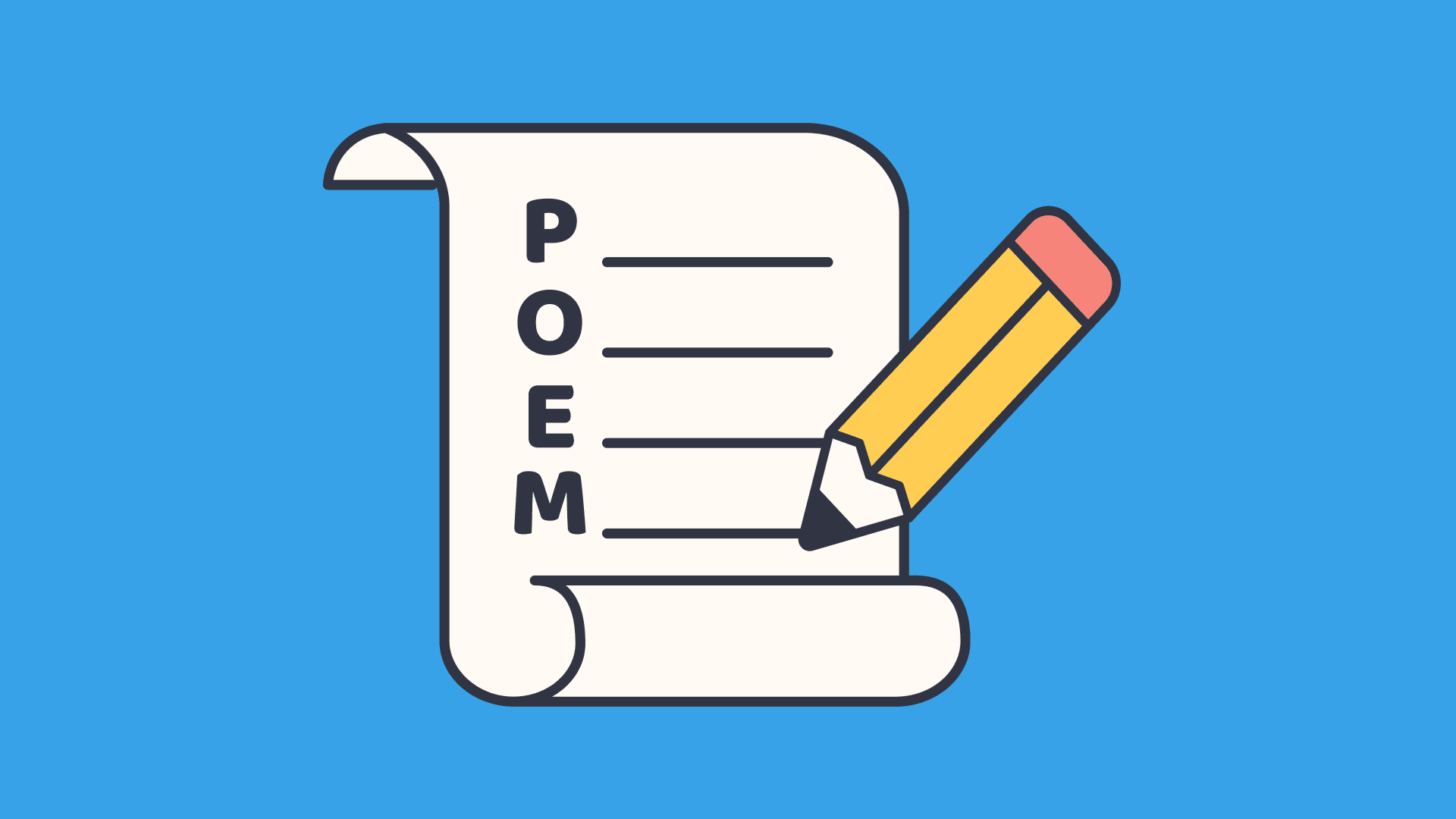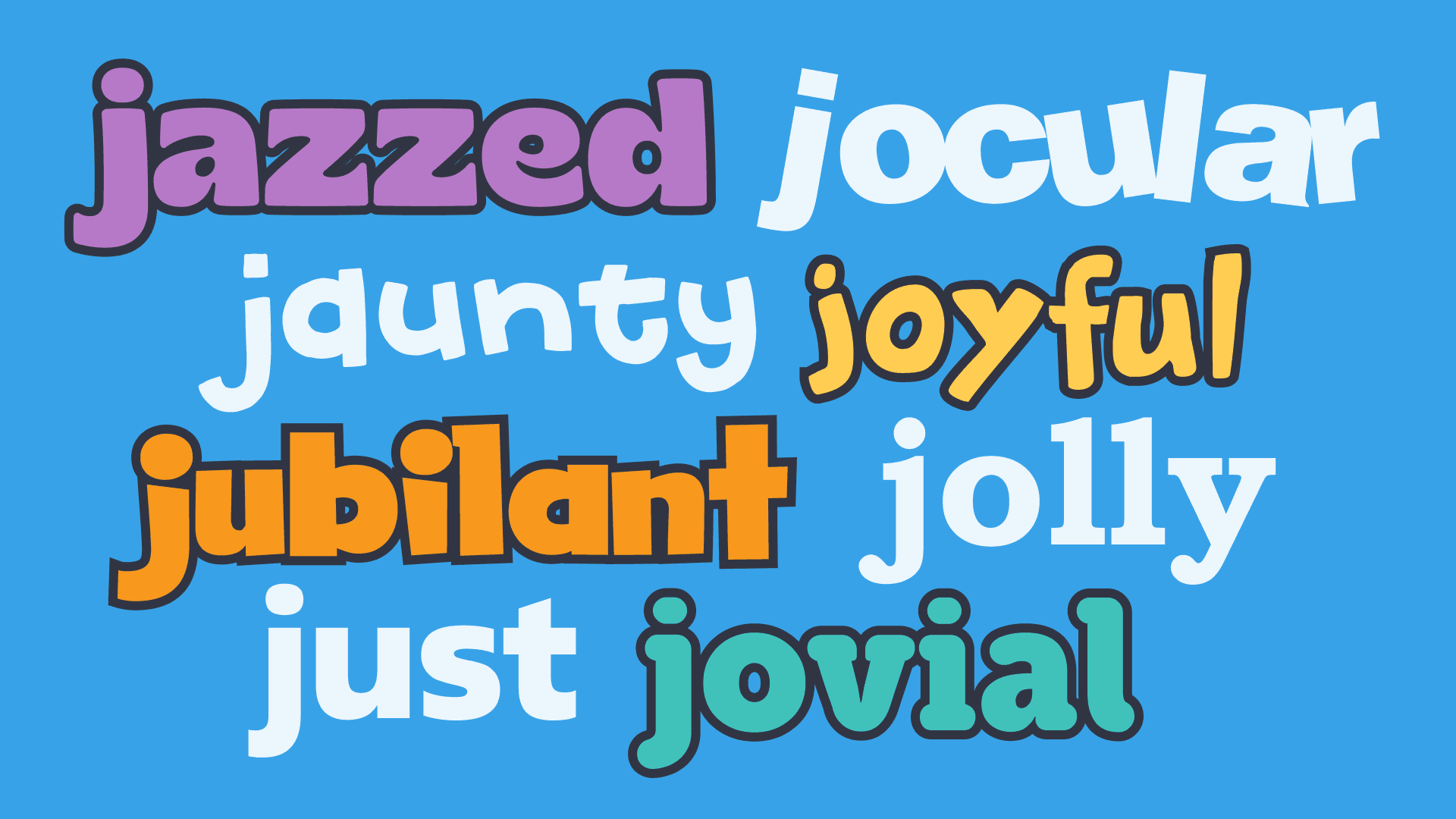Celebrating International Literacy Day with classroom activities
In this guide
- The purpose and history of International Literacy Day
- Fun literacy activities to try in the classroom
- Reading challenges, books swaps, and storytelling events
- Creative language activities and writing prompts for all levels
- Ideas for school-wide or community-based literacy celebrations
- Sources:
The purpose and history of International Literacy Day
International Literacy Day began in 1967 and is observed on the 8th of September each year.
The purpose of International Literacy Day is to raise global literacy awareness for literacy and literacy-related activities. It is a day to remind everyone, but especially those who make important decisions like policy-makers and leaders, about the importance of literacy in society.
International Literacy Day was started by UNESCO, the United Nations Educational, Scientific and Cultural Organisation. The purpose of UNESCO is to promote peace and collaboration among nations. Their Sustainable Development Goals include a quality education for all people.
Each year, International Literacy Day is centred around a theme. For example, this year (2025) the theme is “Promoting literacy in the digital era”. The celebration will focus on how the digital world has impacted literacy and ways that the two can coexist. To honour this year’s theme, I have included a few activities and prompts that incorporate the digital world into literacy.
Promoting literacy skills – reading, writing, listening, and speaking – through activities and celebrations can be a fun and educational way to celebrate literacy and its importance in the lives of all people.
This article gives examples of classroom and school-wide literacy celebration ideas. I have also included a few writing prompts for multiple year groups. I hope these ideas inspire teachers to foster literacy development not just on International Literacy Day, but everyday!
Fun literacy activities to try in the classroom
Use these activities to observe International Literacy Day in the classroom. They can be modified to work in most classroom environments.
1) Read more posters
Students create posters that encourage others to read more. These can be physical or digital.
- Physical posters can be hung around the school or community.
- Digital posters can be posted on the school website or school social media platforms.
This activity allows students to practise their persuasive writing. You could also incorporate advertising and how advertisers appeal to their audiences.
Students should consider how their words and visuals impact the message they are trying to convey.
2) Literary conversation bookmarks
Including opportunities for students to discuss and converse is important for developing academic language. Sometimes, however, students do not know how to have conversations about literature. Conversation bookmarks are a great way to scaffold and give students support to help them have academic conversations.
Create bookmarks that include literary discussion questions. Students can use these bookmarks while reading, participating in small group discussions about literature, and in book clubs.
For additional scaffolds, include sentence stems for conversation on the bookmarks.
Discussion question examples:
- What characteristics of genre can be found in this text?
- What choices did the character(s) make that changed the story?
- What connections can you make between the text and your own life?
- What part of the text did you enjoy the most?
- What was the most important event in the text?
- What would you change about the ending?
Sentence stem examples:
- In paragraph ____, it states _____.
- The character’s actions show that __________.
- The most important event in the text is _______ because ______.
- In the text __________ is an example of a genre characteristic.
- One conflict in the story is _________.
- _______ (character name) changes in the story when _________.
3) Author study choice boards

Give students the opportunity to choose an activity to learn more about an author. Students will develop research skills, and they will have the opportunity to be creative.
Ideas for author choice board:
- Produce a skit inspired by an author’s life.
- Create a mock podcast interview with an author with at least 8 questions and answers.
- Choose two works by an author to compare and contrast.
- Write a letter to an author (living or dead).
The letter does not have to be sent, but gives students the opportunity to practise writing a formal letter.
- Make a presentation about an author – digital slides, a timeline with pictures and significant dates, an oral presentation as the author, etc. Be creative!
- Design a book cover for one of the author’s books or for a biography about the author.
4) Write a class story
Write a class story as a class.
- Using large chart paper, allow students to choose a subject and to contribute to telling the story.
- Similar to improv, each student takes up the story where the student before them leaves off.
- Allow each student to add to the story and take turns recording their sentences.
Complete the revising and editing steps together as a class.
5) Silent conversation
This activity would be most appropriate for students that have the ability to write in complete sentences with relatively little support. However, scaffolds such as sentence stems could be used to help students that need a little support.
- Divide students into partners.
- Give each set of partners a picture.
- Students use the picture and a piece of paper to have a silent, written conversation about the picture. They can describe what is happening, ask questions, and give opinions on the subject of the picture.
- Students are to then make up a story about the picture.
After writing, allow students time to discuss their writing and the picture. They should consider how their interpretations of the picture were similar and different. They can reflect on how not speaking impacted the way they communicated.
Reading challenges, books swaps, and storytelling events
Reading challenges, book swaps, and storytelling events are common ways of celebrating International Literacy Day. These activities can be fun and engaging ways to incorporate and encourage literacy.
Reading challenges ideas
- Timed reading challenges like reading for 15 minutes a day or for the first 10 minutes of each class.
- Literacy bingo is a fun and engaging way to encourage literacy. Include reading different genres, reading to someone, reading in different locations (outside, in the classroom), and other ways students can participate in literacy.
- Hold a friendly competition between classes to see which class can read the most books in a given time frame (month, term).
- Create a wall of fame with word counts, or books read, for students as they complete books.
Book swap ideas

- Do a classroom library swap where classes exchange books, or students visit other classrooms to choose books.
- A reading partner book swap can be fun too. Students exchange books with a reading partner and then get back together to share what they read.
- Blind date books! This is a fun idea that the librarian at the secondary school I teach at has done where she wraps books in brown paper and writes simple clues to their contents on the outside. Students choose a book from the library to read based on the clues.
Storytelling event ideas
Invite published authors to speak to students.
Many communities have authors that live nearby. However, if this is not feasible, explore online options for learning about and interacting with authors.
Several years ago, I participated in a super fun storytelling event. I was an instructional specialist and worked at the district office. One of the schools where I often worked invited people from across the school, and community (police officers, community leaders, firefighters, local healthcare workers, etc.) to come and read to students.
I chose Where the Wild Things Are by Maurice Sendak because it was one of my favourites as a kid. I even made a Max costume and brought my Wild Thing stuffed animal. The students loved the experience and had a fun day.
- Combine career day and literacy by inviting individuals to come and share with students about their jobs and how literacy is a part of the skills needed for their position.
- Have a stuffed animal/toy reading day where students bring a stuffed animal or other toy. Set aside time for them to read to their special guests and don’t forget to take lots of photos!
Creative language activities and writing prompts for all levels
Literacy skills are important regardless of students’ year group. I have divided this section according to primary, KS3 and KS4. Many of the activities can be modified to be appropriate for other levels.
Primary school language activities
1) Memory rhymes
Developing an understanding of rhyming words helps students to recognise language patterns. Many children’s books contain rhyming words.
Poetry is also a good resource for rhyming words, especially poetry for younger students.
Directions:
- Divide students into small groups or partners.
- Students create rhyming word card sets using notecards.
- As a group, students play memory with their cards face down.
- When a student makes a match, they must say a sentence that uses the rhyming words appropriately.
- The person with the most matches at the end of the round wins.
2) How-to writing
Explaining how to do something helps students to take on the role of teacher.
They can write a how-to for making their favourite food, how to use an app on a phone, or how to dribble a football. The possibilities are only limited by students’ imaginations!
To add to this activity, students can create a how-to video to demonstrate the skill they are teaching.

Primary school writing prompts
- As a class, create a collaborative list of 50 reasons why literacy is important.
- Choose a story and change the ending.
- Go for a walk or use a nature video and students write what they experience using their senses.
Give students bonus points for using onomatopoeia, imagery, and other types of figurative language correctly.
1) Punctuation practise
Punctuation can change the meaning behind a conversation. In today’s world of texting, punctuation is often forgotten.
In this exercise, students practise using punctuation and delve into how punctuation can impact meaning.
Directions:
- Divide students into small groups or partners.
- Give students 5-6 sentences without punctuation.
- As a group, students discuss and rewrite the sentences with what they determine to be the correct punctuation.
- Groups trade sentences. Students change the punctuation in the new sentences.
- Share the sentences with the whole class and discuss how punctuation can change the meaning of a sentence.
2) Parts of speech bingo
Directions:
- Create bingo cards with grammatical terms and word classes – verbs, nouns, prepositions, adjectives, etc.
- While reading independently or as a whole group, students mark off on their card when they encounter one of the parts of speech. They must also write down the example they find and the page number or paragraph number.
- The first student with bingo wins.
KS3 writing prompts
1) Still life story
Display several everyday objects and ask students to write a story using at least three of them.
2) Create a fill-in-the-blank in the style of Mad Libs
This website can help students to generate examples to share with each other or students can create their own.
This helps students to practise using various parts of speech and storytelling techniques.
3) Write a text exchange (at least 10 lines) between characters in a book
Include at least two characters or even a group chat.
KS4 language activities
1) Financial literacy activities

Financial literacy and personal finance are necessary skill sets. Do some of these activities to increase students’ awareness of how finances operate.
Save for a goal
- Students set a personal financial goal and then calculate how much they need to save per month and how long until they can reach their goal.
Credit cards
- Show students an example of a credit card statement and they must identify interest rates, minimum payments, and balance.
- Challenge students to determine how long and how much it will cost to only make the minimum payments.
Wants vs. needs
- Give students, or have them create, a list of possible monthly expenditures.
- In small groups, or individually, they must sort those into wants versus needs and justify their answers.
Scam or not?
- Show students examples of phishing emails, get rich quick advertisements, and fake job offers.
- Discuss how to identify these types of false advertisements and how to avoid being scammed.
2) Media literacy activities
Along with financial literacy, media literacy is also a top necessary skill set.
Help students to learn to identify bias and false information in the media.
Analysis of these concepts can help to increase students’ critical thinking skills.
KS4 writing prompts
- How are informational and narrative writing similar and different?
- Use an image and write a mock Instagram post about that image.
- How has the creation of the internet benefited literacy? How has it hurt literacy?
After students give their researched opinion, hold a debate.
Ideas for school-wide or community-based literacy celebrations
1) Book drive
Hold a book drive and donate books to a shelter, a children’s hospital, or an assisted living facility.
2) Community book challenge
Challenge the community to increase literacy.
- Hold a community reading day in a local park.
- Encourage businesses to display small posters advertising what they are reading.
- Invite community members (with appropriate background checks) to volunteer to read to students.
3) Theme day
Read a book as a school and host a theme day.
On this day students participate in crafts and activities centred around the theme.
If the book has a movie version, watch the movie and compare it to the book.
4) Literacy scavenger hunt
Create a school-wide scavenger hunt with prizes.
Students can:
- Unscramble the title of a well-known book,
- Answer questions about a character,
- Solve literacy based puzzles and riddles, and
- Spot a teacher reading.
There are endless possibilities for students to complete a scavenger hunt.
Literacy is a vital part of the lives of all people. International Literacy Day is a time to encourage literacy and educate students and the community on the importance of reading, writing, speaking, and listening.
Sources:
- Pekkolay, S. (2022). ‘The Importance of Literacy’, Scholars Journal of Arts, Humanities, and Social Sciences, doi: https://doi.org/10.36347/sjahss.2022.v10i01.002
- International Literacy Day 8 September (2025). Available at: https://www.unesco.org/en/days/literacy (Accessed: 15 June 2025).

Mattie Farrer
briefcase iconAVID Site Coordinator / Content Curator
Mattie Farrer has been an educator in various grade levels and capacities during her career. She has a passion for supporting English learners and their language development. She also loves helping teachers reach all students.
Other posts
Want more content like this?
Subscribe for blog updates, monthly video releases, trending topics, and exclusive content delivered straight to your inbox.


















